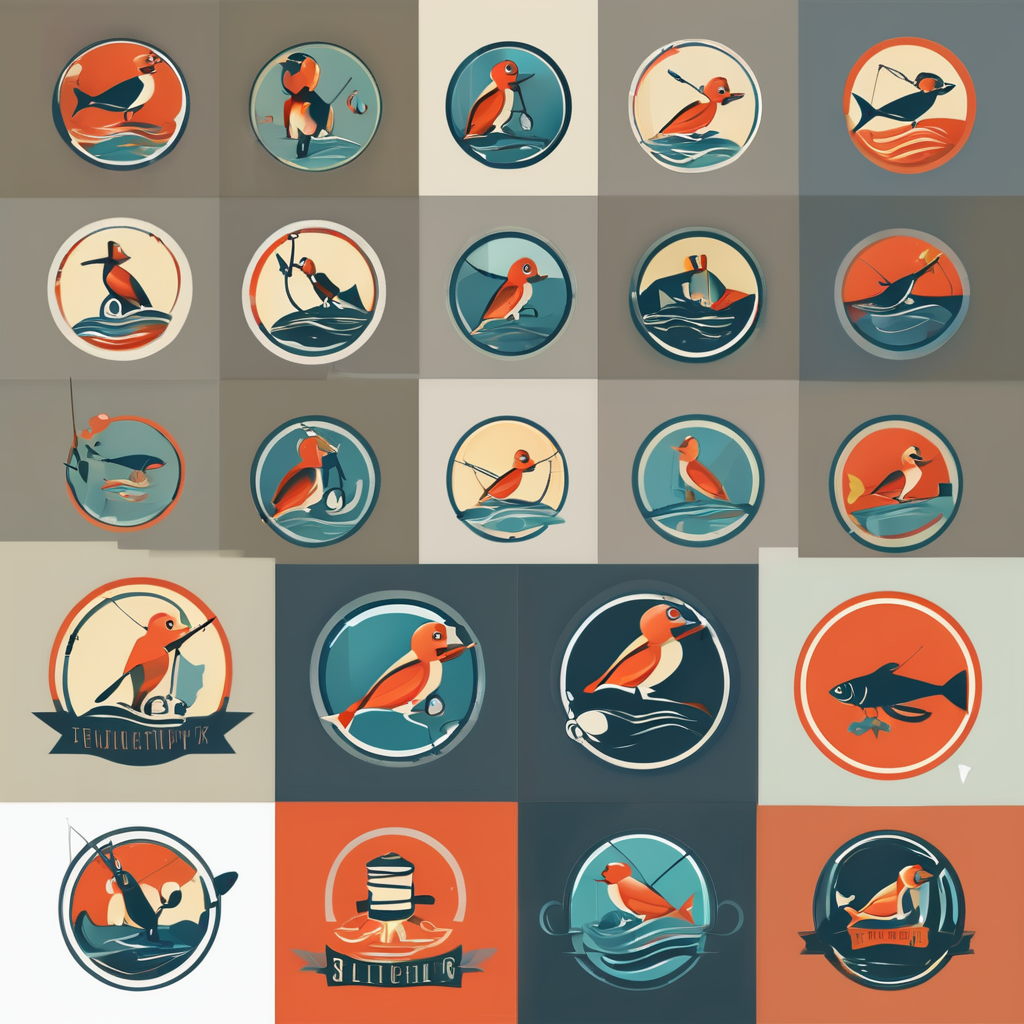Why Speed Matters for Water Polo Goalkeepers
Understanding the critical role of goalkeeper speed water polo brings can transform a goalie’s game. Speed directly affects a goalkeeper’s shot-stopping ability by enabling rapid dives and quick lateral movements to intercept fast shots. A goalkeeper with superior speed can cover more goal area effectively, reducing scoring opportunities for opponents.
Water polo reflexes are inherently linked to speed, as goalies must react instantaneously to unpredictable ball trajectories. This means that speed isn’t just about swimming fast; it includes the ability to accelerate from a standing position, adjust position rapidly, and recover swiftly after saves. Such agility and rapid reaction times give goalkeepers a distinct competitive edge, often turning close calls in their favor.
Additional reading : Unlocking peak performance: vital cool down techniques for effective post-pentathlon recovery
Moreover, water polo goalie skills rely heavily on speed for proper positioning and efficient recovery movements. Goalkeepers must reposition constantly to anticipate shots, making their footwork, arm reach, and overall quickness crucial. Speed improves the ability to move from corner to corner and return to a ready stance, which reduces vulnerability during sustained attacks.
In essence, speed enhances every aspect of a water polo goalkeeper’s performance—from reflexive saves to strategic positioning—making it a foundational skill for success in the sport.
Also read : Elevate your high jump skills: boost performance with advanced plyometric strategies
Essential Drills to Boost Goalkeeping Speed
Building goalkeeper speed water polo demands targeted water polo drills that focus on explosive and precise movements. Fast-twitch muscle fibers are crucial for quick lunges and lateral dives. Exercises like sprint intervals across the pool sharpen this explosive capacity, simulating the sudden bursts needed during a match.
To refine water polo reflexes, reaction ball drills are highly effective. These involve catching or deflecting a ball that bounces unpredictably, which mimics real-game shot trajectories and forces goalies to react quickly. Partner passing drills enhance reflexes further by creating variable shot angles and speeds, improving a goalkeeper’s ability to anticipate and respond swiftly.
Leg strength, powered by the eggbeater kick, is foundational for elevating water polo goalie skills. Specific leg workouts, such as resistance band leg cycles or vertical eggbeater jumps out of the water, increase acceleration and stability. This strength boosts lateral mobility and reduces the time taken to recover after diving, enabling goalkeepers to regain their ready stance faster.
Incorporating these drills regularly into training raises a goalkeeper’s overall speed, agility, and reflexive capabilities, crucial attributes for dominating the goal area.
How to Implement the Drills for Maximum Results
Maximizing goalkeeper speed water polo gains requires a well-structured goalkeeper workout routine tailored to your current skill set. Start by incorporating water polo drills 3-4 times weekly, balancing explosive fast-twitch exercises, reaction drills, and leg strength workouts. This frequency allows sufficient recovery while maintaining consistent progress in water polo goalie skills.
As you advance, increase drill intensity and complexity gradually. For instance, extend sprint intervals, add unpredictable shot directions in partner passing drills, or introduce resistance in eggbeater acceleration workouts. This structured progression challenges your agility and fine-tunes your water polo reflexes, promoting continuous performance improvement.
Integrating drills with realistic water polo practice plan scenarios enhances transferability to competitive play. Use scrimmages or simulated shot sequences to apply rapid reaction skills under game pressure. This method refines positioning and recovery speeds, critical to effective goalkeeping performance.
Consistency, progression, and applying drills contextually ensure your goalkeeping performance elevates efficiently, making training time more productive and results-oriented.
Tips to Track Your Progress and Avoid Common Mistakes
Monitoring goalkeeper performance tracking is essential to improving goalkeeper speed water polo effectively. Using precise tools like timers helps quantify reaction times and sprint speeds, offering clear benchmarks to measure progress. Recording training sessions with video analysis provides visual feedback, enabling goalkeepers to identify subtle inefficiencies in movements or positioning that might not be evident during live practice.
Maintaining detailed logs of training—documenting drill times, repetitions, and subjective effort levels—creates a comprehensive history to evaluate trends and adjust the water polo training approach accordingly. This structured tracking ensures deliberate progression and helps prevent plateaus in water polo goalie skills development.
Recognizing common water polo goalie mistakes is crucial for refining technique and preventing injury. Goalkeepers often err by neglecting proper recovery form after dives, which can slow repositioning and increase fatigue. Another frequent issue is inconsistent eggbeater kick timing, reducing lift and lateral speed. Trainers should emphasize correct posture and muscle engagement during water polo drills to rectify these faults.
Safety and recovery must also be part of any effective training plan. Overtraining without adequate rest can lead to diminished goalkeeper performance and increased injury risk. Incorporating rest days and active recovery techniques supports muscle repair and maintains the fast-twitch responsiveness vital for elite goalkeeping. By integrating consistent tracking, correcting errors promptly, and prioritizing recovery, goalkeepers can sustain and enhance their speed and reflexive abilities over time.
